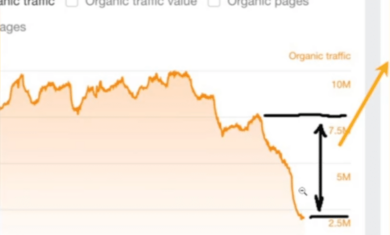When working to make your website more accessible, one area to work on is adding alternative attributes to images. This text is what vision-impaired users will hear as a representation of the image (and it’s useful to Google as well), so it’s worth doing right.
Using WordPress, for example, you can simply click an image in your editor and enter the alt text in a box on the right side of the screen. Other systems tend to make it equally simple.
You can call those items “alt attributes” or “alt text”, but they really shouldn’t be called “alt tags”, though they often are.
Why not?
First, it’s fairly sloppy. When it comes to websites, “attributes” are one thing and “tags” are another. Alt text is not a “tag” in any sense of the word. Let’s be accurate.
You may argue that if someone says “alt tags” we know what they’re referring to, and you’re correct, but that can lead to confusion in other areas.
Title Tags
Some years ago, I was co-teaching a class on Search Engine Optimization, and the topic of “title tags” came up. The “title” in HTML is interesting, because you can have a single title “tag” for a page, but then also have a variety of title “attributes” on a page. You can probably see where this is going.
As we were unpacking questions about how to best optimize title tags (of which each page can have just one), some users were confused because “you can add a title tag to many elements” — but you can’t. You can add a title attribute to various elements, but only one title tag on a page.
Does it really matter?
At the end of day, the difference is really kind of pedantic. However, we’re professionals, so let’s use the right terminology and try not to confuse things any more than they already are.




